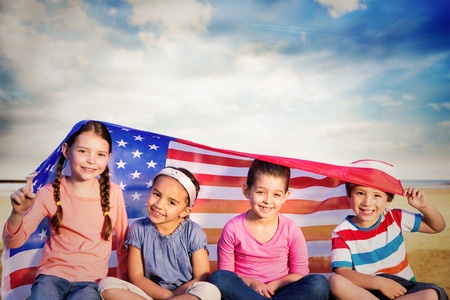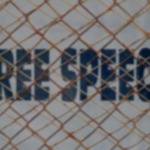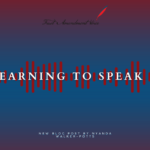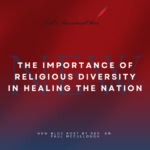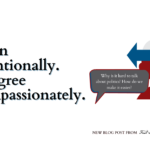 We hear a lot about free speech issues relating to college campuses, but what about K-12 students? Should they have full access to their First Amendment rights, or are they limited until they’re 18 years old and free from mandatory school requirements? Here are three big issues to consider:
We hear a lot about free speech issues relating to college campuses, but what about K-12 students? Should they have full access to their First Amendment rights, or are they limited until they’re 18 years old and free from mandatory school requirements? Here are three big issues to consider:
School Walk-Outs (freedom to petition)
On March 14 – one month after the Parkland shooting in Florida – students at 2,500 schools across the country planned a walk-out in protest of governmental inaction on gun control policies. However, some faculty members and school administrators threatened to suspend students who walked out of class because doing so could disrupt the learning process.
Does the freedom to protest only exist outside of regular school hours? There is no clear answer here, but it’s well-worth considering as students become more politically active in the future.
School Newspaper Censorship (freedom of press)
Freedom of the press is limited for school-sponsored newspapers, thanks to the 1988 Supreme Court decision (5-3) that determined student publications could be censored if the decision to do so was “reasonably related to a legitimate pedagogical purpose.” Unfortunately for students, the vague phrasing of the decision opened the gateway for school administrators to censor content based on largely arbitrary standards, as long as they attempted to justify the decision in line with the Supreme Court’s ruling.
Although some states have laws in place to protect student journalists’ rights to freedom of publication, many states still allow school administrators and faculty to control what is deemed publishable in a school newspaper. These instances of censorship have led organizations such as the Student Press Law Center to create resources for students who believe their First Amendment rights are being violated, and other students have ditched their school-sponsored publications in favor of online websites dedicated to informing the student body without the intrusion of administrators censoring their speech.
Praying in Public Schools (freedom of religion)
Although public school-sponsored prayers were deemed unconstitutional by the Supreme Court, religious expression is still available to students (in spite of the confusion surrounding students’ freedom of religious expression). Students can choose to pray (or not), create or join religious groups (as long as they don’t proselytize to other, non-consenting students), say “Merry Christmas,” and learn about different religions in the classroom.
Although common misperceptions of public schools as religion-free zones remain, K-12 students in public schools are largely protected when it comes to their First Amendment rights to freedom of religion (as long as they don’t disrupt classes or impose their beliefs on other students).

